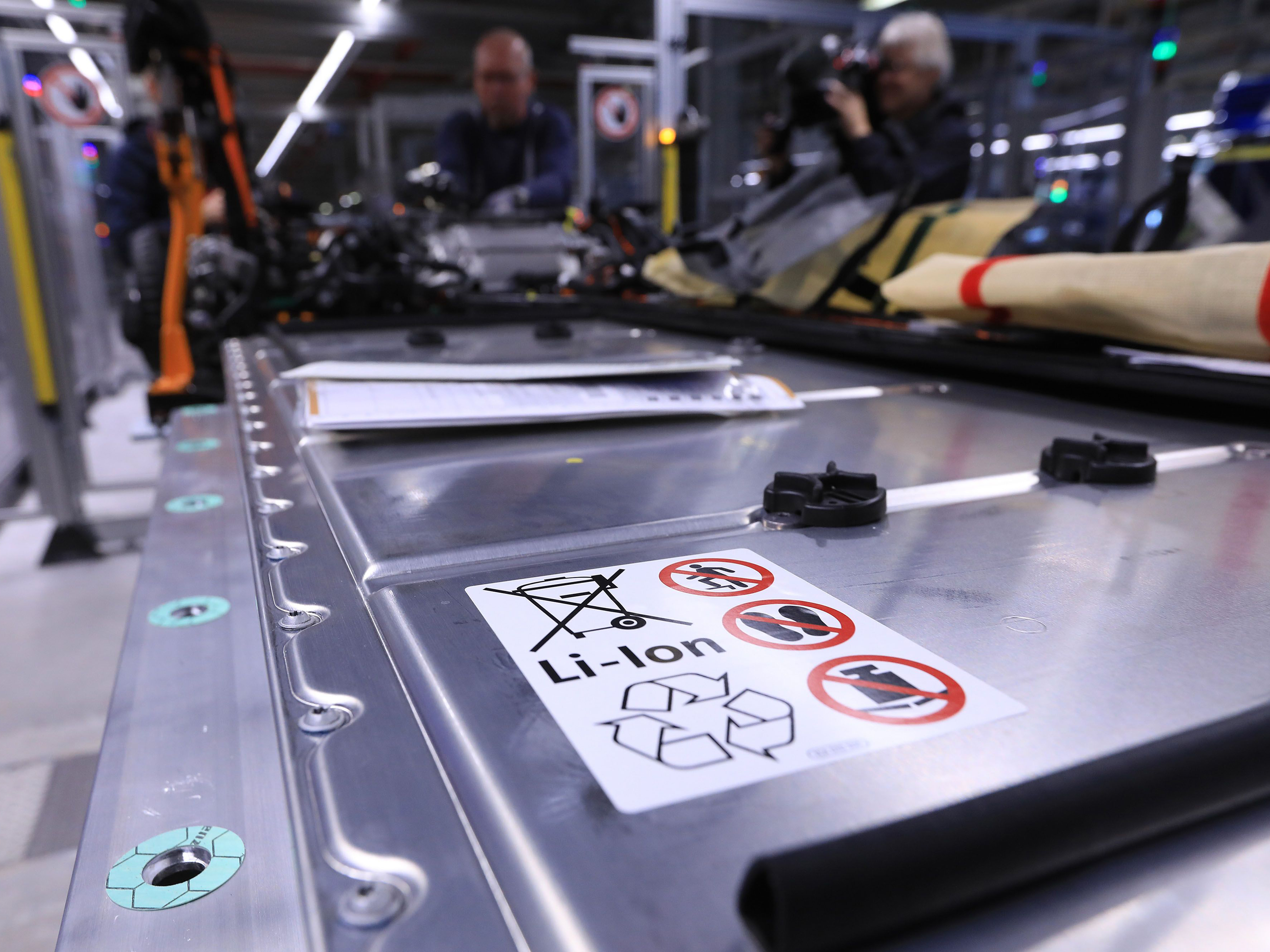
Modern technology provides us with a dazzling array of devices, machines and vehicles designed to create more efficient supply chains, promote a cleaner environment and generally enrich our lives. But none of it runs without batteries.
As electric vehicles and stationary battery-powered energy applications grow in popularity, manufacturers become increasingly dependent on supply from one country. China is home to the world’s largest battery makers, as well as a commanding portion of the raw materials that are essential to those products.
When the coronavirus pandemic hit, the market’s over-reliance on China (and, to a lesser extent, South Korea) became painfully evident. The temporary shutdown of Chinese factories played havoc with the production schedules of big battery manufacturers such as LG Chem and Samsung SDI. Further down the supply chain, automakers such as Jaguar and Mercedes-Benz were forced to suspend production of electric vehicles.
One maker of battery energy storage systems is determined to break that near-monopoly. Coeur d’Alene, Idaho-based Kore Power wants to build a one-million square-foot battery plant in the U.S. In addition, it’s partnering with companies such as Do-Fluoride Chemicals Co. Ltd. (DFD) and Renewance, a provider of software for battery recycling, to take back control of the battery supply chain.
Kore Power, which already has a plant in China, has recently introduced Mark 1, a lithium battery cell for energy storage. A single 19-inch rack of Mark 1s holds 110 kilowatt hours of supply, enough to run a house for weeks, according to Kore chief executive officer Lindsay Gorrill. The company was expecting to begin shipping cells from China in April, and reach full production of the Mark 1 by June.
The system was designed to work in tandem with renewable energy sources such as solar, kicking in at night or other times when the latter is unavailable or economically unfeasible to run.
Plans for the American plant are moving forward. Kore aims to be the first U.S.-owned manufacturer to produce battery cells domestically. (Panasonic has been making them in Nevada for Tesla, which reportedly wants to take over production itself.) Gorrill says the company has looked at more than 200 sites around the country, with hopes of making a final decision on the plant’s location by September of this year.
The battery supply crunch actually began emerging last year. In January, LG notified customers that it was sold out for all of 2020 — and that was before its plants were shut down. “The amount of supply reduction is huge,” Gorrill says, noting that electric vehicle makers get first dibs on limited supply while energy-storage systems go begging.
It’s that second category on which Kore decided to focus two years ago, although it’s taken this long for the innovative Mark 1 platform to hit the market. “We’re the only cell battery producer that’s 100% focused on energy storage,” says Gorrill. “Every other producer of cells is driven by the EV market.”
The company is placing its bets on green energy, with its new plant to be equipped with cogeneration technology and produce zero emissions. Kore is working with Renewance to recycle batteries at the location.
Kore’s target is to reach full production at the U.S. site before the end of 2022. (Whether the global lockdown and subsequent economic freefall caused by the pandemic will disrupt that schedule remains to be seen.) “Right now, we have a 10-gigawatt-hour focus in the U.S. plant,” Gorrill says, “but all that changes based on the market.”
Much depends on the cost of energy storage coming down so that the system can pay for itself.
Recession notwithstanding, Gorrill is bullish on the market’s future. “Even if there’s a slowdown in the economy, we’ll be back on track and growing again,” he says.
One positive side effect is a shorter, less risk-filled supply chain for a product that can only become more essential as the country gravitates toward electric cars and solar power. As Asian factories resume production, they’ll favor customers within their immediate regions. “When you have these global disruptions,” Gorrill says, “having it close to home is better. It means you can start up quicker.”







